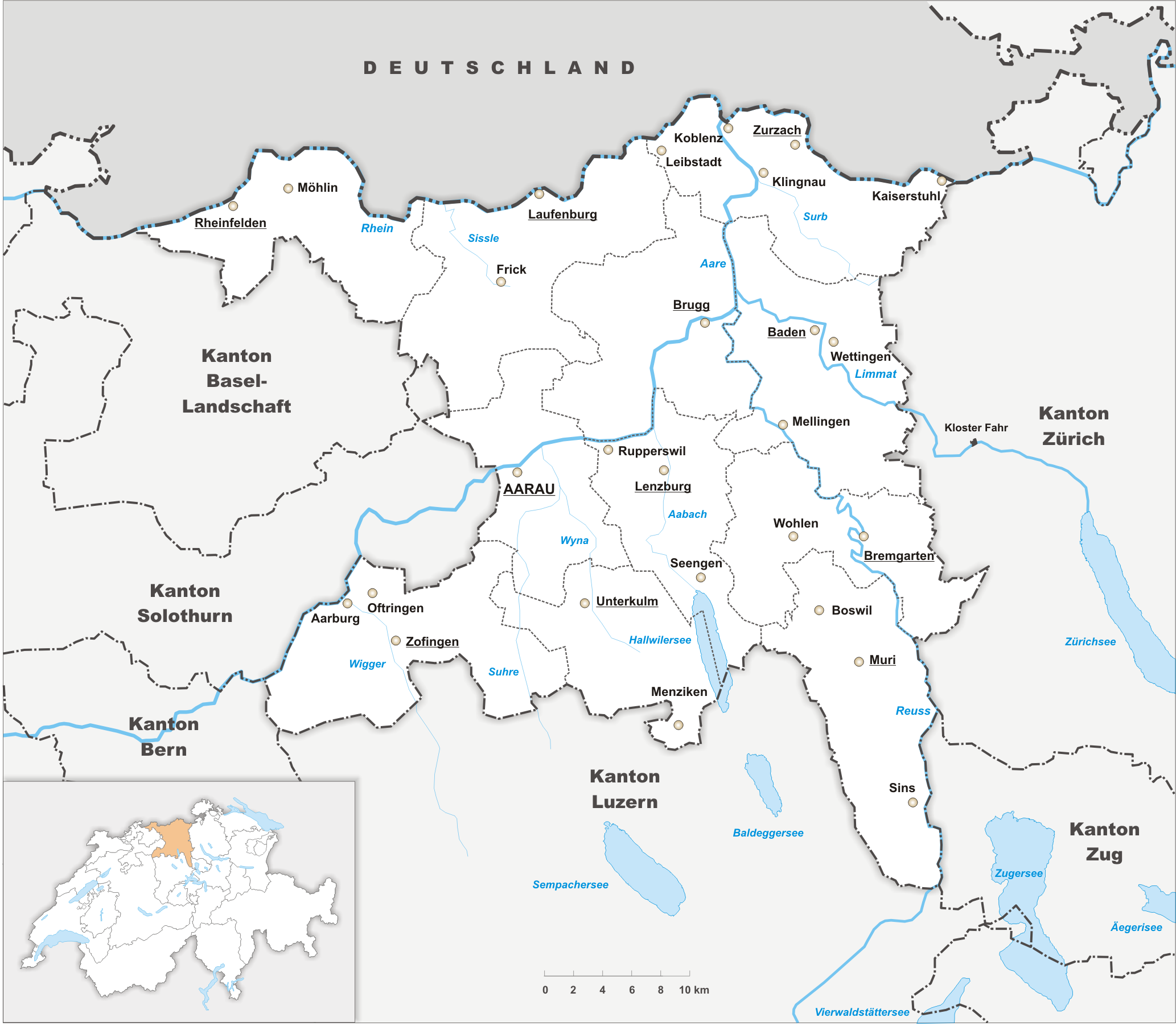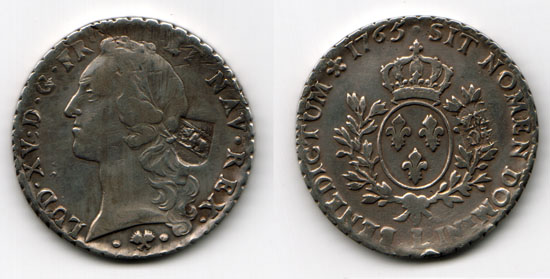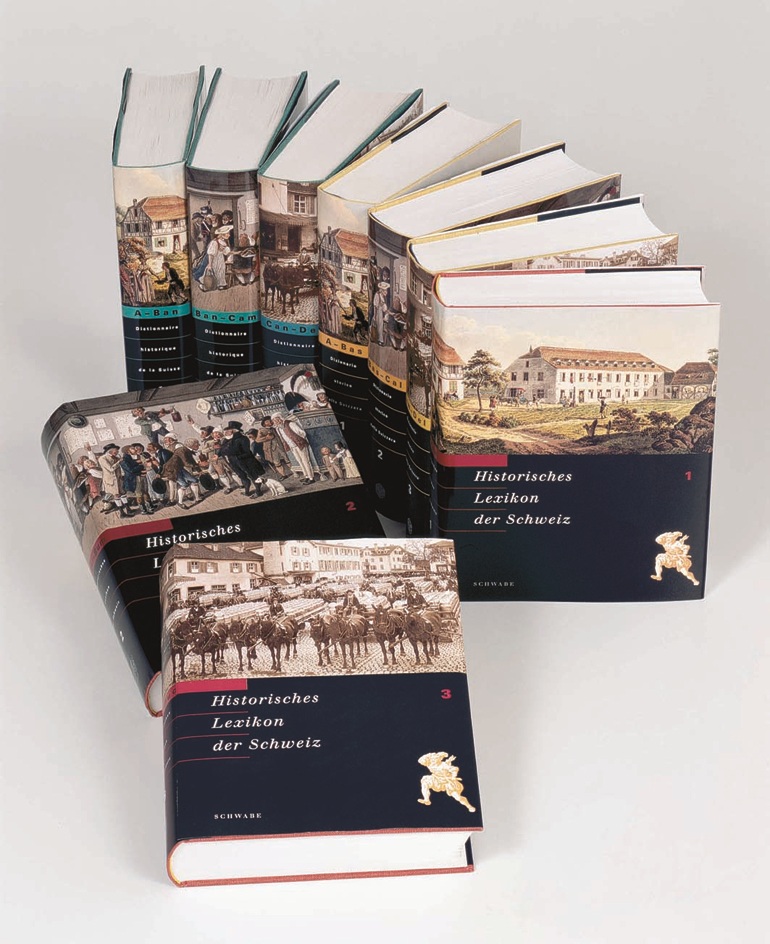|
Bözberg Rail Tunnel
The Bözberg Rail Tunnel is a railway tunnel in the Swiss canton of Aargau. It takes the Bözberg railway line of the Swiss Federal Railways under the Bözberg Pass between Effingen and Schinznach-Dorf. The original tunnel was opened during 1875; it is set to be closed to rail traffic during 2020-2021 following the commissioning of its replacement, after which it shall be converted and retained for service and rescue purposes in respect to its successor. During March 2016, construction commenced on the new Bözberg Tunnel, which runs roughly parallel to its predecessor. It is a considerably wider and longer tunnel, being able to accommodate trains up to a height of . The reason for its construction is to better accommodate larger and heavier freight trains. The second Bözberg Rail Tunnel is scheduled to be opened during 2020. 1875 tunnel The tunnel forms a key element of the Bözberg railway line, carrying a pair of standard gauge () tracks underground along a distance of . These ... [...More Info...] [...Related Items...] OR: [Wikipedia] [Google] [Baidu] |
Canton Of Aargau
Aargau, more formally the Canton of Aargau (german: Kanton Aargau; rm, Chantun Argovia; french: Canton d'Argovie; it, Canton Argovia), is one of the 26 cantons forming the Swiss Confederation. It is composed of eleven districts and its capital is Aarau. Aargau is one of the most northerly cantons of Switzerland. It is situated by the lower course of the Aare River, which is why the canton is called ''Aar- gau'' (meaning "Aare province"). It is one of the most densely populated regions of Switzerland. History Early history The area of Aargau and the surrounding areas were controlled by the Helvetians, a member of the Celts, as far back as 200 BC. It was eventually occupied by the Romans and then by the 6th century, the Franks. The Romans built a major settlement called Vindonissa, near the present location of Brugg. Medieval Aargau The reconstructed Old High German name of Aargau is ''Argowe'', first unambiguously attested (in the spelling ''Argue'') in 795. The term ... [...More Info...] [...Related Items...] OR: [Wikipedia] [Google] [Baidu] |
Standard Gauge
A standard-gauge railway is a railway with a track gauge of . The standard gauge is also called Stephenson gauge (after George Stephenson), International gauge, UIC gauge, uniform gauge, normal gauge and European gauge in Europe, and SGR in East Africa. It is the most widely used track gauge around the world, with approximately 55% of the lines in the world using it. All high-speed rail lines use standard gauge except those in Russia, Finland, and Uzbekistan. The distance between the inside edges of the rails is defined to be 1435 mm except in the United States and on some heritage British lines, where it is defined in U.S. customary/Imperial units as exactly "four feet eight and one half inches" which is equivalent to 1435.1mm. History As railways developed and expanded, one of the key issues was the track gauge (the distance, or width, between the inner sides of the rails) to be used. Different railways used different gauges, and where rails of different gauge met – ... [...More Info...] [...Related Items...] OR: [Wikipedia] [Google] [Baidu] |
Transport In Aargau
Transport (in British English), or transportation (in American English), is the intentional movement of humans, animals, and goods from one location to another. Modes of transport include air, land (rail and road), water, cable, pipeline, and space. The field can be divided into infrastructure, vehicles, and operations. Transport enables human trade, which is essential for the development of civilizations. Transport infrastructure consists of both fixed installations, including roads, railways, airways, waterways, canals, and pipelines, and terminals such as airports, railway stations, bus stations, warehouses, trucking terminals, refueling depots (including fueling docks and fuel stations), and seaports. Terminals may be used both for interchange of passengers and cargo and for maintenance. Means of transport are any of the different kinds of transport facilities used to carry people or cargo. They may include vehicles, riding animals, and pack animals. Vehicles may in ... [...More Info...] [...Related Items...] OR: [Wikipedia] [Google] [Baidu] |
Railway Sleeper
A railroad tie, crosstie (American English), railway tie (Canadian English) or railway sleeper (Australian and British English) is a rectangular support for the rails in railroad tracks. Generally laid perpendicular to the rails, ties transfer loads to the track ballast and subgrade, hold the rails upright and keep them spaced to the correct gauge. Railroad ties are traditionally made of wood, but prestressed concrete is now also widely used, especially in Europe and Asia. Steel ties are common on secondary lines in the UK; plastic composite ties are also employed, although far less than wood or concrete. As of January 2008, the approximate market share in North America for traditional and wood ties was 91.5%, the remainder being concrete, steel, azobé (red ironwood) and plastic composite. Tie spacing may depend on the type of tie, traffic loads and other requirements, for example 2640 concrete ties per mile on North American mainline railroads to 2112 timber ties per mile ... [...More Info...] [...Related Items...] OR: [Wikipedia] [Google] [Baidu] |
Tunnel Boring Machine
A tunnel boring machine (TBM), also known as a "mole", is a machine used to excavate tunnels with a circular cross section through a variety of soil and rock strata. They may also be used for microtunneling. They can be designed to bore through hard rock, wet or dry soil, or sand. Tunnel diameters can range from (micro-TBMs) to to date. Tunnels of less than a metre or so in diameter are typically done using trenchless construction methods or horizontal directional drilling rather than TBMs. TBMs can be designed to excavate non-circular tunnels, including u-shaped, horseshoe, square or rectangular tunnels. Tunnel boring machines are used as an alternative to drilling and blasting (D&B) methods in rock and conventional "hand mining" in soil. TBMs have the advantages of limiting the disturbance to the surrounding ground and producing a smooth tunnel wall. This significantly reduces the cost of lining the tunnel, and makes them suitable to use in urban areas. The major disadvan ... [...More Info...] [...Related Items...] OR: [Wikipedia] [Google] [Baidu] |
Implenia
Implenia is a Swiss construction and construction services company. Implenia, with its headquarters in Opfikon near Zurich, employs more than 8,000 people in Europe and posted revenue of CHF 3.8 billion in 2021. History Implenia was created out of a series of mergers between Swiss regional construction companies. In mid-1997 ''Preiswerk Holding AG'' merged with ''Schweizerische Strassenbau- und Tiefbau-Unternehmung AG (Stuag) / Stuag Holding AG'' and ''Schmalz AG Bauunternehmung / Schmalz Holding AG'' to form Batigroup Holding, which was domiciled in Basel. Batigroup’s core competencies centred on traditional construction activities, including road building, poured asphalt, civil works, tunnelling and building construction. Zschokke Holding’s roots dated back to 1872 and the founding of ''Aktiengesellschaft Conrad Zschokke'' by Conrad Zschokke (1842–1918) in Aarau. In addition to building construction, Zschokke focused on general planning, general contracting and propert ... [...More Info...] [...Related Items...] OR: [Wikipedia] [Google] [Baidu] |
Swiss Franc
The Swiss franc is the currency and legal tender of Switzerland and Liechtenstein. It is also legal tender in the Italian exclave of Campione d'Italia which is surrounded by Swiss territory. The Swiss National Bank (SNB) issues banknotes and the federal mint Swissmint issues coins. In its polyglot environment, it is often simply referred as german: Franken, french: franc, it, franco and rm, franc. It is also designated through signes: ''Fr'' Some fonts render the currency sign character "₣" (unicodebr>U+20A3 as ligatured Fr, following the German language convention for the Swiss Franc. However, most fonts render the character as F with a strikethrough on the lower left, which is the unofficial sign of French Franc. (in German language), ''fr.'' (in French, Italian, Romansh languages), as well as in any other language, or internationally as ''CHF'' which stands for ''.'' This acronym also serves as eponymous ISO 4217 code of the currency, CHF being used by banks and financial ... [...More Info...] [...Related Items...] OR: [Wikipedia] [Google] [Baidu] |
SBB Cargo
* it, FFS Cargo SA , type = Subsidiary , logo = SBB CFF FFS Cargo logo.svg , logo_size = 300px , foundation = 1999 , location_city = Olten , location_country = Switzerland , industry = Rail Transport , revenue = CHF 953 million (2013) , net_income = CHF 14,7 million (2013) , num_employees = 3,061 (2013) , key_people = Désirée Baer, CEO , parent = Swiss Federal Railways , homepage = SBB Cargo is a subsidiary of Swiss Federal Railways (SBB) specialising in railfreight and is operated as the Freight division. Swiss Federal Railways is a former state-owned and -controlled company that was transformed in 1999 into a joint-stock company under special legislation following the first Swiss railway reform and divided up into three independent divisions: Passenger, Freight and Infrastructure. The headquarters of Swiss Federal Railways SBB Cargo AG, the Freight division's official designation, are in Olten. In 2013, SBB Cargo had 3,061 employees and achieved consolid ... [...More Info...] [...Related Items...] OR: [Wikipedia] [Google] [Baidu] |
Historical Dictionary Of Switzerland
The ''Historical Dictionary of Switzerland'' is an encyclopedia on the history of Switzerland that aims to take into account the results of modern historical research in a manner accessible to a broader audience. The encyclopedia is published by a foundation under the patronage of the Swiss Academy of Humanities and Social Sciences (SAGW/ASSH) and the Swiss Historical Society (SGG-SHH) and is financed by national research grants. Besides a staff of 35 at the central offices, the contributors include 100 academic advisors, 2500 historians and 100 translators. Print edition The encyclopedia is published simultaneously in three of Switzerland's national languages: German (''Historisches Lexikon der Schweiz'', HLS, in red), French (''Dictionnaire Historique de la Suisse'', DHS, in blue) and Italian Italian(s) may refer to: * Anything of, from, or related to the people of Italy over the centuries ** Italians, an ethnic group or simply a citizen of the Italian Republic or ... [...More Info...] [...Related Items...] OR: [Wikipedia] [Google] [Baidu] |
A3 Motorway (Switzerland)
The A3 is a motorway in northeast Switzerland, running diagonally from France toward the southeast border, and passing by Zürich on the way. The total length of the A3 motorway spans roughly , but parts of the road share sections of the A1 and A2 motorways. The A3 belongs to the Swiss motorway network. It starts at the border in Basel, where it connects to French motorway A35. From the Wiese Motorway Fork, the route is shared with the A2. At Augst, the motorway splits, with the A2 branching off and the A3 continuing past Rheinfelden and Frick. After the Bözberg tunnel is the Birrfeld Motorway Fork, near Birmenstorf. Here, the A1 and A3 share the same route as far as Motorway Interchange Limmattal, where the A3 goes towards Urdorf and the Uetliberg Tunnel which was opened on May 4, 2009. After Zürich the motorway weaves through the hills of the south-east bank of Lake Zürich. It continues along the Walensee (Walen Lake), and on to Mels where it ends at a junction w ... [...More Info...] [...Related Items...] OR: [Wikipedia] [Google] [Baidu] |
Bözberg Road Tunnel
The Bözberg Road Tunnel is a motorway tunnel in Switzerland. The tunnel lies under the Bözberg Pass between Frick and Baden, in the canton of Aargau, and forms part of the A3 motorway from Basel to Sargans Sargans is a municipality in the ''Wahlkreis'' (constituency) of Sarganserland in the canton of St. Gallen in Switzerland. Sargans is known for its castle, which dates from before the founding of the Swiss Confederation in 1291. Sargans was al .... It is long, and was opened in 1996. The tunnel runs roughly parallel to the Bözberg Rail Tunnel. References Road tunnels in Switzerland Buildings and structures in Aargau {{Switzerland-struct-stub ... [...More Info...] [...Related Items...] OR: [Wikipedia] [Google] [Baidu] |





